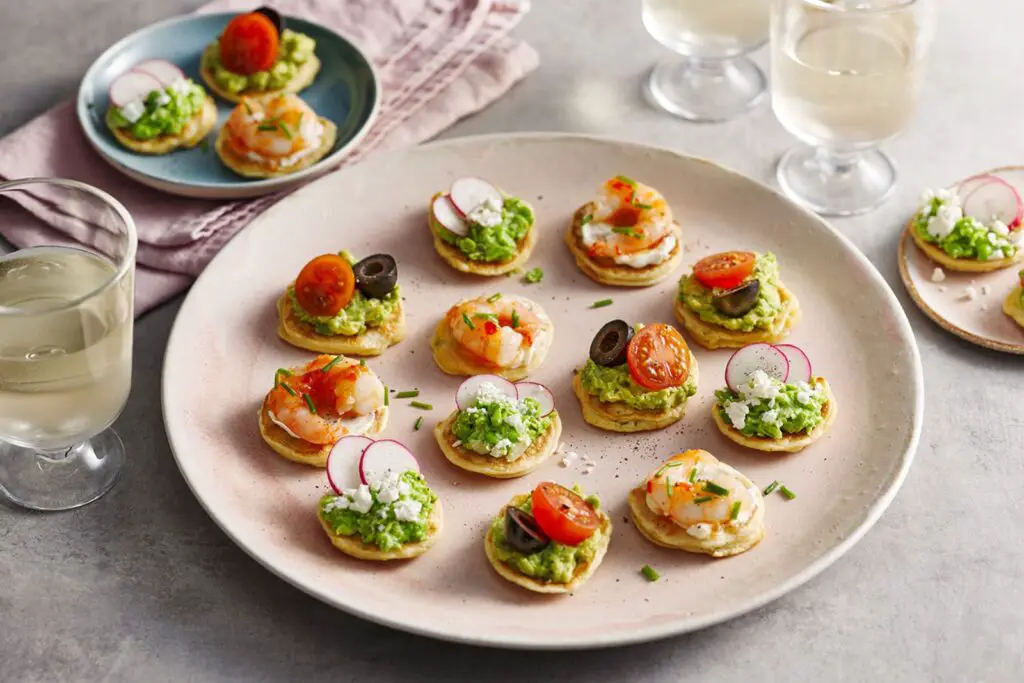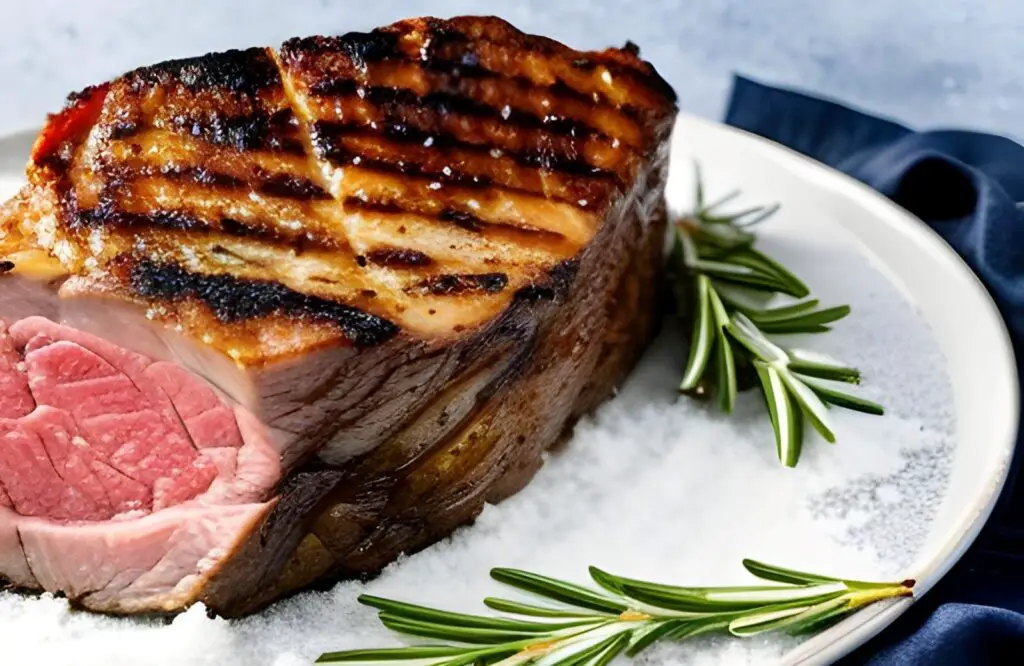
Kringle is a delicious pastry that can be frozen to extend its shelf life and enjoyed later. Freezing kringle is a simple process. In this way, you can enjoy the taste of kringle even days or weeks after baking it.
Here are the steps on how to freeze Kringle properly:
Step 1: Wrap the kringle tightly
To wrap the kringle, you’ll need plastic wrap or aluminum foil. Begin by placing the kringle on a flat surface and pulling a long piece of plastic wrap or aluminum foil over the top of it. Wrap it tightly so that no air can get in. Then, tuck the ends under the kringle to seal it completely.
If you’re using aluminum foil, you may want to wrap the kringle in plastic wrap first to prevent the foil from sticking to the kringle.
Why you should use aluminum foil to wrap your Kringle before freezing?
It’s better to wrap the kringle before freezing it with aluminum foil rather than wax paper. Aluminum foil provides better protection against moisture, air, and odors, which helps to maintain the quality and flavor of the kringle. On the other hand, wax paper is not as effective in preventing freezer burn and can allow moisture to penetrate the kringle, making it soggy and affecting its texture.
Why do you need to wrap your kringle before freezing?
You need to wrap the kringle tightly before freezing it to prevent freezer burn, which is a condition that occurs when food is exposed to air and loses moisture. Freezer burn can affect the texture and taste of the kringle, making it dry and tough. By wrapping the kringle tightly in plastic wrap or aluminum foil, you create a barrier that prevents air from entering and causing freezer burn. Additionally, wrapping the kringle protects it from absorbing any odors or flavors from other foods in the freezer. It also helps to keep the kringle fresh and moist, so that when you’re ready to eat it, it tastes just as good as when it was first baked.
Step 2: Place in a freezer-safe container
Next, you’ll want to place the wrapped kringle in a freezer-safe container. This will help protect the kringle from getting crushed or damaged while in the freezer. You can use a plastic container with a tight-fitting lid, a zip-top bag, or a freezer-safe glass container.
If you’re using a container with a lid, seal it tightly to prevent any air from entering.
Step 3: Label and date
Label the container with the date you’re freezing the kringle and the type of kringle inside. This will help you keep track of how long it’s been in the freezer and what’s inside the container. You can use a piece of tape and a marker to write the information on the container.
Step 4: Freeze
Place the container in the freezer, making sure it’s in a location where it won’t get crushed or damaged. You should store it on a flat surface where it won’t be disturbed.
How to defrost your Kringle?
It’s best to avoid using a microwave to reheat kringle because it can cause the pastry to become soggy and affect its texture. Microwaving the kringle can also cause the filling to become too hot and unevenly distributed, which can make the kringle unpleasant to eat.
When you microwave food, the heat is distributed unevenly and can cause pockets of hot and cold spots, which can lead to uneven cooking. This can be especially problematic with pastry, which requires even heating to maintain its flaky texture.
Do you serve kringle warm or cold?
Kringle can be served warm or cold, depending on personal preference. Some people enjoy kringle warm, especially if it has just come out of the oven, as it can be crispy and flaky with a warm, gooey filling.
Others prefer to serve kringle at room temperature or chilled, especially if it is a fruit or cream cheese-filled kringle, as these types of fillings can become too soft or runny if the pastry is warm. Ultimately, it’s up to personal preference and the type of filling in the kringle.
Step 1: Remove the kringle from the freezer
Take the kringle out of the freezer and remove any packaging or wrapping.
Step 2: Let it defrost at room temperature
Place the kringle on a plate or a wire rack and let it defrost at room temperature for a few hours. This will allow the kringle to thaw evenly and prevent any moisture buildup. Depending on the size of the kringle, it may take 2-3 hours to defrost completely.
Step 3: Reheat the kringle
Once the kringle is fully defrosted, preheat your oven to 300°F (150°C). Line a baking sheet with parchment paper and place the kringle on it. You can cover the kringle with aluminum foil to prevent it from drying out.
Step 4: Bake the kringle
Place the baking sheet with the kringle in the oven and bake it for 5-10 minutes, or until it’s warmed through and crispy. Be careful not to overheat the kringle, as it can become too dry.
Step 5: Serve and enjoy
Remove the kringle from the oven and let it cool for a few minutes before serving. Slice the kringle into desired portions and enjoy it with a cup of coffee or tea. You can also add toppings like powdered sugar or icing to enhance its flavor.
Other related questions
How long do kringles last in the freezer?
When properly stored, kringles can last in the freezer for up to three months without a significant loss in quality. It’s important to wrap the kringle tightly in plastic wrap or aluminum foil, place it in a freezer-safe container, and store it in a location where it won’t get crushed or damaged.
Can I Refrigerate a Kringle?
Yes, you can refrigerate a kringle, but it’s not the best way to store it for an extended period. Refrigeration can help to keep the kringle fresh for a day or two, but after that, it can become stale and lose its flavor. If you plan to store the kringle for longer than a couple of days, it’s better to freeze it.
It’s important to note that refrigeration is not a long-term storage solution for kringles. If you plan to keep it for more than a few days.
Where Kringle is originated?
Kringle originated in Denmark and is a traditional Danish pastry that has been enjoyed for centuries. The pastry is said to have originated in the town of Racine, Wisconsin in the United States, where Danish immigrants settled in the 19th century and continued to make the pastry in their new home.
Today, kringle is popular not only in Denmark but also in other Scandinavian countries such as Norway and Sweden, as well as in the United States, particularly in the Midwest region. Kringle has become a symbol of Danish and Scandinavian culture and is enjoyed by people around the world as a delicious pastry treat.








